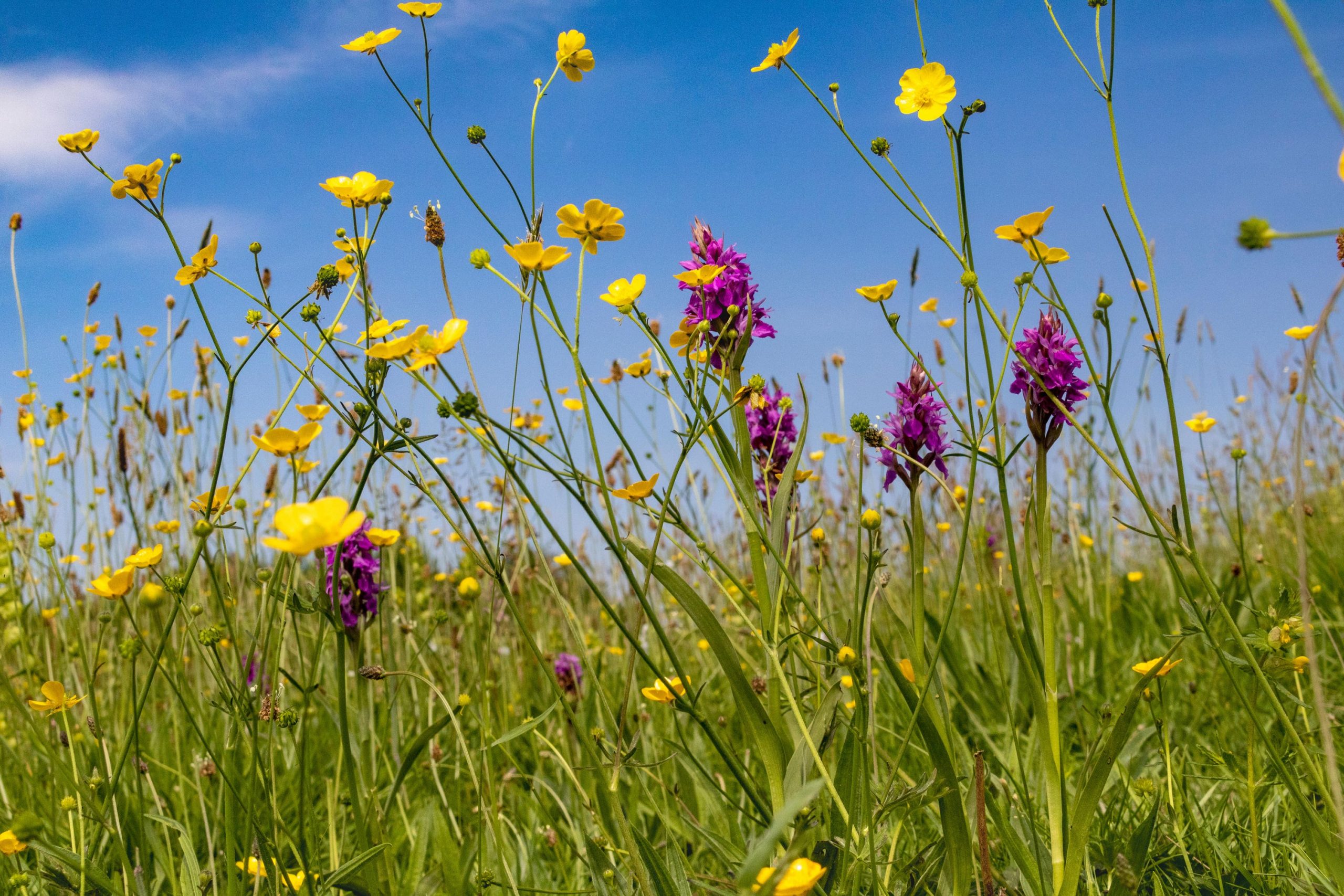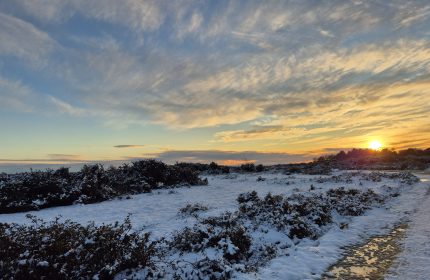8 ways to help your garden (and the world) become wilder
As rewilding support grows, here's what you can do to help.
Rewilding is hugely popular right now and a new poll suggests more than four-fifths of people support it.
The idea behind it is simply letting nature lead the way rather than interfering, and Sir David Attenborough summed it up nicely in the documentary A Life On Our Planet when he said: “To restore stability to our planet we must restore its biodiversity, the very thing that we’ve removed… We must rewild the world.”
New research by Rewilding Britain has found 81% of people support rewilding, and 83% would like our national parks to be wilder, with areas in them set aside for rewilding.
Richard Bunting, who works with Rewilding Britain and the rewilding charity Trees for Life, explains: “Rewilding is about hope. And rewilding works. It offers the opportunity to give nature, including all of us, a fighting chance – saving wildlife, tackling the climate emergency, and benefiting people and communities.
“Rewilding our local areas, communities and gardens also provides a great way of reconnecting with nature. Increasing numbers of people – from families to communities and from small farms to big landowners are making a real difference through rewilding.”
View this post on Instagram
But how do you actually rewild?
Let the grass grow
Mixing up grass types will help biodiversity in your garden. Mow the grass nearest to the house, because closely mown grass mimics the grazing pattern of wild ponies and attracts certain birds, Bunting, who also runs the online environmental magazine Little Green Space, says.
Leave other areas to grow longer or, if your garden’s big enough, create an area of wildflower meadow. This will need cutting just once a year – providing a sequence of flowers and seed heads that will change weekly. “Leaving weeds to grow in a wild corner will also attract interesting bugs,” he adds. “Dandelions, for example, can support over 50 species of insect.”
Ditch poison
One reason behind the huge loss of insects in our countryside is the increasing use of pesticides and herbicides – not only on farmland but also in gardens, says Bunting, who suggests swapping fertilisers for an organic seaweed feed.
Embrace mess
Dead branches, piles of leaves, logs and rocks can provide a habitat for insects and hedgehogs, or food for beetle larvae. “Decay is part of the natural cycle of returning nutrients to the ground,” Bunting points out. “A compost heap will also provide home to all manner of creatures.”
Establish trees through planting or natural regeneration
View this post on Instagram
Native trees have the greatest benefit to our wildlife because they evolved together. If you have the space, consider silver birch, rowan, hawthorn, elderberry, holly, yew or crab apple, plus fruit trees like apple, pear, plum and cherry, which are good for wildlife. “Plant at a mix of heights for different species,” suggests Bunting. “Long-tailed tits require trees above head height, whereas wrens and dunnocks need dense cover low down.”
Scrub up
Bunting says scrub – including thorny shrubs, grasses and young trees – provides an invaluable source of nectar, seeds, shelter and nest sites for invertebrates, birds and mammals. Brambles, sallow, hawthorn, blackthorn, honeysuckle and wild rose will all naturally form dense mounds or thickets. “Scrub of varied age supports the widest range of wildlife, as some species depend on specific growth stages of certain plants,” says Bunting.
Plant with nature in mind
Got space in your garden, allotment or local community green space for a ‘wild’ undisturbed corner or two? These areas can offer much-need shelter to struggling wildlife including hedgehogs, frogs, toads, and insects! pic.twitter.com/c4zuOzq2oa
— Little Green Space 🐝 (@LGSpace) September 16, 2019
“To encourage wildlife, select plants that provide all-round nectar, pollen, seeds and berries,” says Bunting. He suggests trying pollinator-friendly clover, lavender and snowdrops, encouraging ivy and tolerating nettles – they are where butterflies lay eggs. Evergreen plants such as holly will provide shelter for invertebrates in winter months, he says, adding: “Ditch cheap supermarket perennials as they can be full of chemicals, and don’t deadhead all your plants in autumn – leaving a selection will benefit birds such as sparrows and finches.”
Go wild for water
Water attracts wildlife. If you have a stream in your garden, create a bog or wetland area by making a dam, mimicking the work of the beaver. Ponds, too, are ‘pound for pound’ the most wildlife-rich habitats in the country. “Make sure one side at least is very shallow – most wildlife, including amphibians such as newts and frogs, like shallower water than you’d imagine,” explains Bunting, who advises against introducing fish to ponds, as they can have an adverse impact on other amphibians and aquatic insects, and says water plants should be allowed to colonise naturally.
Look after the soil
“Healthy soil will create a biodiverse garden,” promises Bunting, who advises gardeners to use organic mulch, avoid too much digging and “let worms get to work”.
The Press Association
Latest posts by The Press Association (see all)
- In Pictures: Party stalwart kept New Labour in touch with traditional supporters - November 21, 2024
- 6 easy indoor exercises to try this winter – and why they are good for you - November 19, 2024
- Martin Clunes: I can’t afford to retire – I’ve got too many horses - November 19, 2024
- How to avoid plant losses, flowering disappointments and container catastrophes - November 17, 2024
- John Lewis Christmas ad stars sister in last-minute dash back in time - November 14, 2024





















